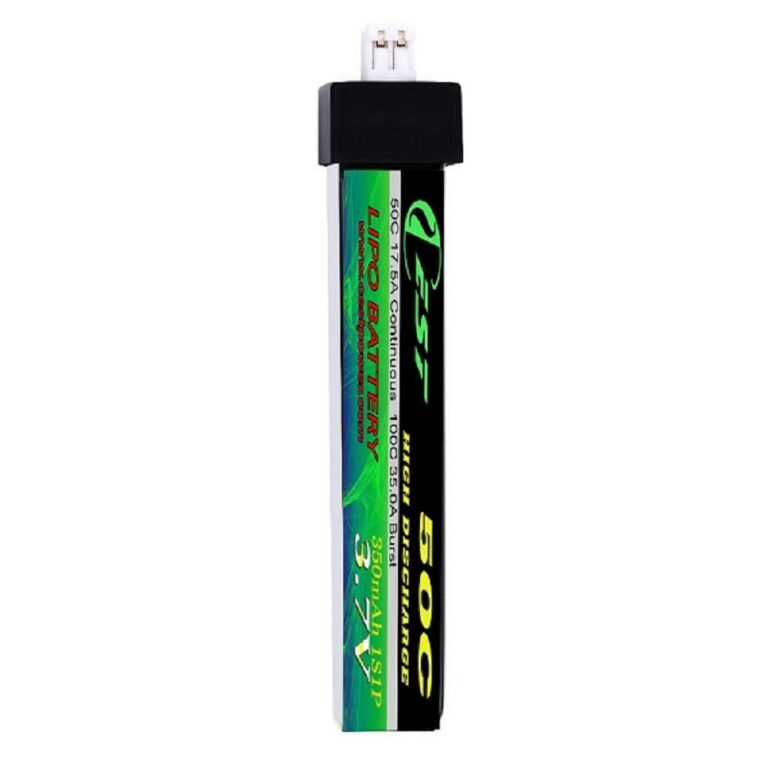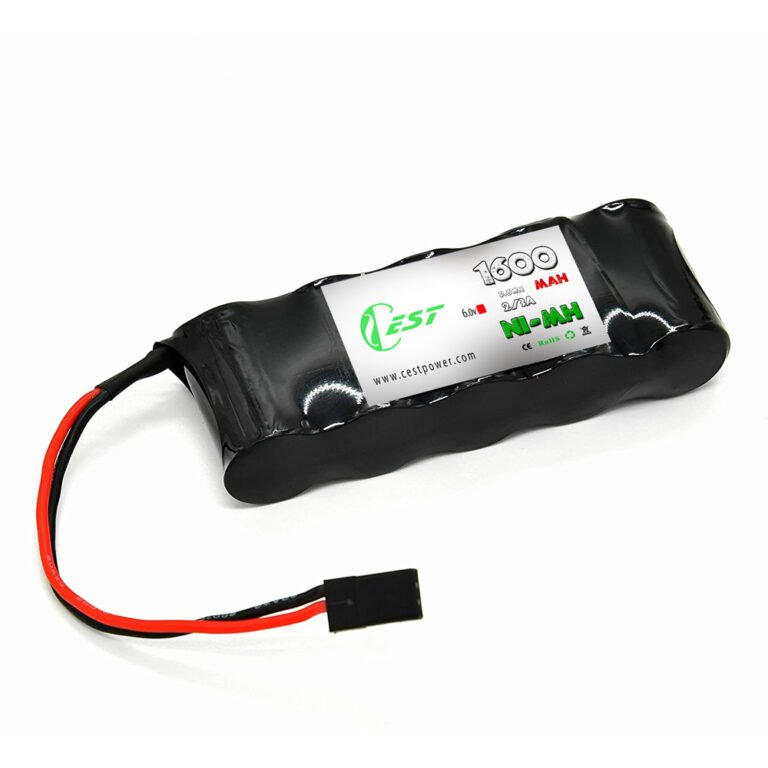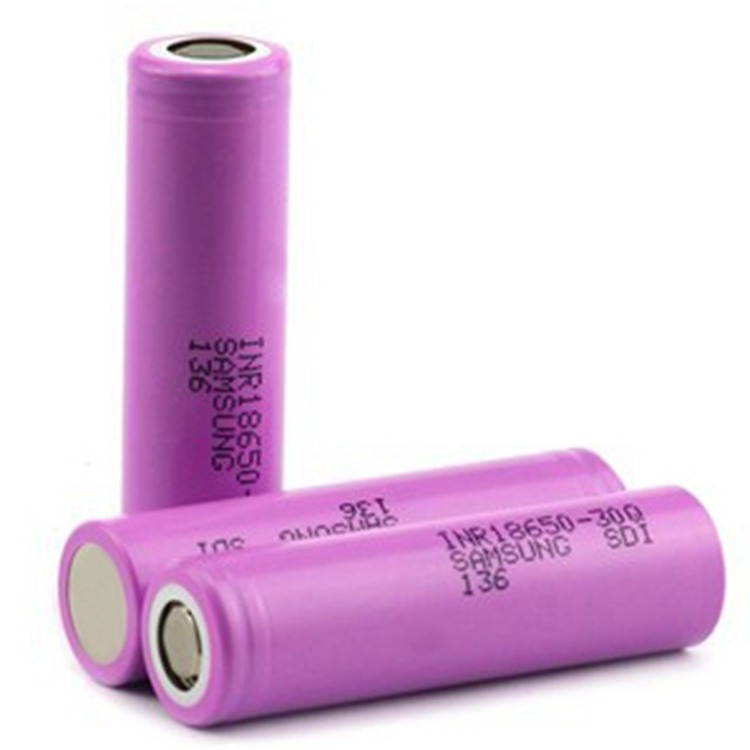Why is my lipo battery not charging?
Lithium Polymer (LiPo) batteries, heralded for their efficiency and power, sometimes throw unexpected challenges at their users. One such perplexing issue faced by enthusiasts and hobbyists is the LiPo battery refusing to charge. This scenario not only sparks frustration but also prompts a quest for understanding the underlying causes. In this exploration, we will unravel the mysteries behind why a LiPo battery might resist charging and discuss the troubleshooting steps to revive it.
**1. ** Battery Voltage Imbalance:
One of the common reasons for a LiPo battery’s refusal to charge is voltage imbalance between its cells. LiPo batteries consist of individual cells, and if one cell’s voltage drops significantly lower than the others, the charger may detect an error and halt the charging process. This can happen due to over-discharge, improper storage, or extended periods of inactivity.
**2. ** Over-Discharge Protection Activation:
LiPo batteries come equipped with over-discharge protection circuits to prevent cell voltage from dropping to dangerously low levels. If a LiPo battery is discharged beyond a certain threshold, this protection circuit can activate, rendering the battery unchargeable through regular methods. Reviving such a battery requires specialized techniques, such as trickle charging, to gradually increase the voltage above the safety threshold.
**3. ** Physical Damage or Swelling:
Physical damage, punctures, or swelling in a LiPo battery are serious issues. Swelling is often an indication of internal damage or gas buildup within the cells. In such cases, attempting to charge the battery is extremely dangerous and can lead to hazardous situations, including leakage, fire, or even an explosion. Safety precautions should be taken seriously, and the damaged battery should be safely disposed of.
**4. ** Faulty Connectors or Charging Cables:
Sometimes, the culprit behind a seemingly unchargeable LiPo battery is not the battery itself but the connectors or charging cables. Loose or damaged connectors, frayed wires, or faulty charging cables can interrupt the charging process. Thoroughly inspecting the connectors and cables for any signs of wear and tear can help identify and resolve this issue.
**5. ** Charger Malfunction:
In certain cases, the charger itself might be malfunctioning, leading to the inability to charge the LiPo battery. Testing the charger with a known working battery or trying a different charger can help rule out this possibility. Additionally, ensuring that the charger settings match the battery specifications, such as cell count and voltage, is essential for a successful charging process.
**6. ** Software or Firmware Issues:
For advanced chargers equipped with software or firmware, glitches or compatibility issues can sometimes disrupt the charging process. Ensuring the charger firmware is up-to-date and compatible with the LiPo battery in use is important. Manufacturers often release updates or patches to address such issues.
**7. ** Temperature Extremes:
Charging LiPo batteries in extreme temperatures, whether too hot or too cold, can adversely affect the charging process and the battery’s overall health. LiPo batteries should be charged in a controlled environment with moderate temperatures to ensure optimal performance and safety.
Related Products
Rechargeable Li-ion 18650 Battery Pack 7.4V 2600mAh 3000mAh Power Lipo for Heated Clothes, Jacket, Glove, Vest
7.4V 2S / 11.1V 3S Lipo 1000mAh–3000mAh Airsoft High Discharge 15C 20C 35C Battery
2S 7.4V RC Mini Quadcopter Drone Battery 250mAh–650mAh 50C–70C JST Plug for Tiny Hobby Toys






